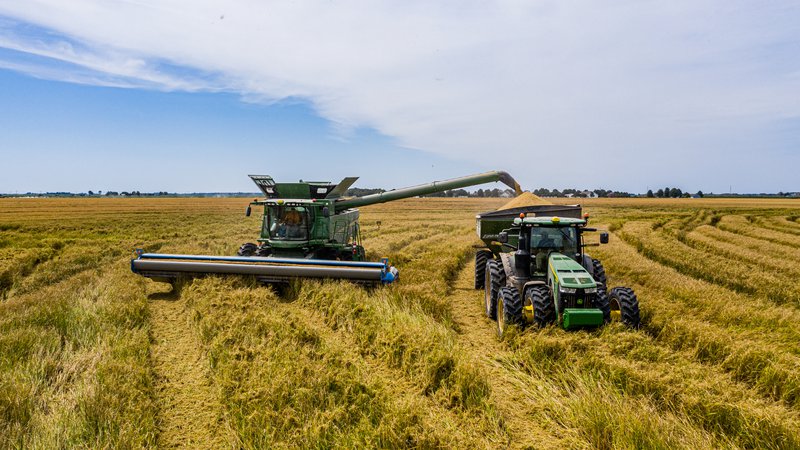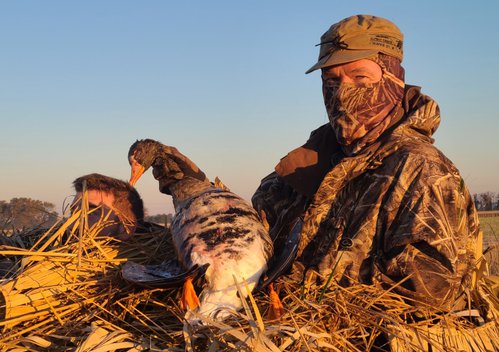Federal partnership expands opportunity for wetland habitat and hunter access program
ON 04-27-2022

April 27, 2022
Randy Zellers
Assistant Chief of Communications
LITTLE ROCK — A special landowner program offered through the Natural Resources Conservation Service may create even more wetland habitat in Arkansas this winter. It also has the potential to increase public hunting opportunities for ducks and geese and wildlife-viewing locations for a variety of migratory species.
The NRCS in Arkansas, in partnership with the National Fish and Wildlife Foundation, will provide up to $2 million for Conservation Practice Standard 646-Shallow Water Development and Management to landowner incentives in counties within the Lower Mississippi Alluvial Valley and Arkansas River Valley. Priority will be given to agricultural land within a 10-mile buffer of wildlife management areas, national wildlife refuges and conservation estates. Farmers and landowners who submit applications for this practice standard by May 11 will be considered for this year’s funding.
Through the new grant opportunity, farmers can continue to grow rice in their fields and harvest that rice, but instead of tilling in fall, they are paid incentives to leave the stubble behind and flood the area, so waterfowl, shorebirds and other winter migrants can use the waste grain the combine missed.
“If you look at those fields after winter, you usually find that the ducks, geese and other shorebirds reduce the rice straw and other debris as well as if you’d tilled, benefiting the farmer and the birds,” Luke Naylor, AGFC waterfowl program coordinator, said. “Scientific studies have confirmed that finding as well.”
Naylor says the AGFC team has worked very hard to line up this program to work with the AGFC’s Waterfowl Rice Incentive Conservation Enhancement program, which not only leaves more waterfowl habitat on the ground in harvested rice fields during winter, but also offers limited hunting opportunities for the public on private land that might otherwise be locked up in hunting leases.
“The AGFC ‘s WRICE program is first and foremost about increasing flooded and untilled rice fields on the landscape all winter, as that is the one most influential factor in waterfowl migration through Arkansas that man can manipulate in the short term,” Naylor said. “But thanks to a voluntary public access grant, we’ve also been able to devote funds to paying landowners to allow limited hunting by AGFC-managed draws on those same acres. This EQIP opportunity will help deliver much of the habitat portion of WRICE, freeing up even more dollars to expand the public access portion of the program.”
The alphabet soup of acronyms and agencies involved in the program may have landowners confused about programs that fit their land, but the AGFC has a staff of professional biologists dedicated to helping private landowners find the best solutions for their properties. Additionally, the AGFC’s waterfowl program coordinator, Luke Naylor, and wetland program coordinator, Buck Jackson, have worked directly with some landowners to help navigate the grant process.
Landowners and farmers interested in signing up their property to the WRICE or CPS 646 program can visit www.agfc.com/habitat to find a private lands biologist. They can also visit www.ar.nrcs.usda.gov or contact their local USDA Service Center.
Recent News
Subscribe to Our Weekly Newsletter E-mails
Don’t miss another issue. Sign up now to receive the AGFC Wildlife Weekly Newsletter in your mailbox every Wednesday afternoon (Waterfowl Reports are published weekly during waterfowl season and periodically outside the season). Fishing Reports arrive on Thursdays. Fill in the following fields and hit submit. Thanks, and welcome!


